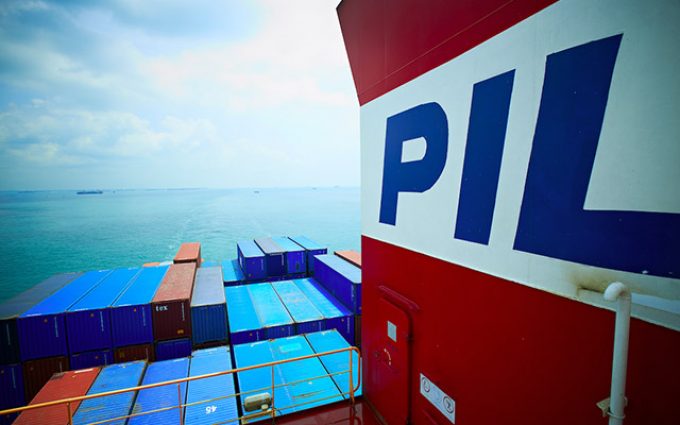Temasek reports S$389bn net portfolio value, up S$7bn from last year
PRESS RELEASE 09 JUL 2024 – Including S$31 billion mark to market1 uplift from unlisted assets, Temasek’s Mark ...

Pacific International Lines (PIL) has issued a stark final plea to its creditors to vote in favour of its “last resort” restructure plan on 1 February or risk receiving just $2 per $100 from its liquidation.
The embattled Singapore-headquartered ocean carrier, founded in 1967, presented its final restructuring package to creditors including bunker suppliers and shipowners on 11 November.
PIL reminded creditors that the package involves a $600m cash injection from Heliconia, a wholly-owned subsidiary of Tamasek, which is subject to the acceptance ...
Volcanic disruption at Anchorage could hit transpacific airfreight operations
Macron calls for ‘suspension’ – CMA CGM's $20bn US investment in doubt
Forwarders stay cool as US 'liberation day' tariffs threaten 'global trade war'
Shippers snap up airfreight capacity to US ahead of tariff deadline
De minimis exemption on shipments from China to the US will end in May
Tighter EU import requirements proving 'a challenge' for forwarders
Looming Trump tariffs will create 'a bureaucratic monster' for Customs

Comment on this article
Raphael
January 22, 2021 at 8:25 amYour service is poor when it come to Ghana High charges bad service how do you expect people to go on such a company you guys should wake up